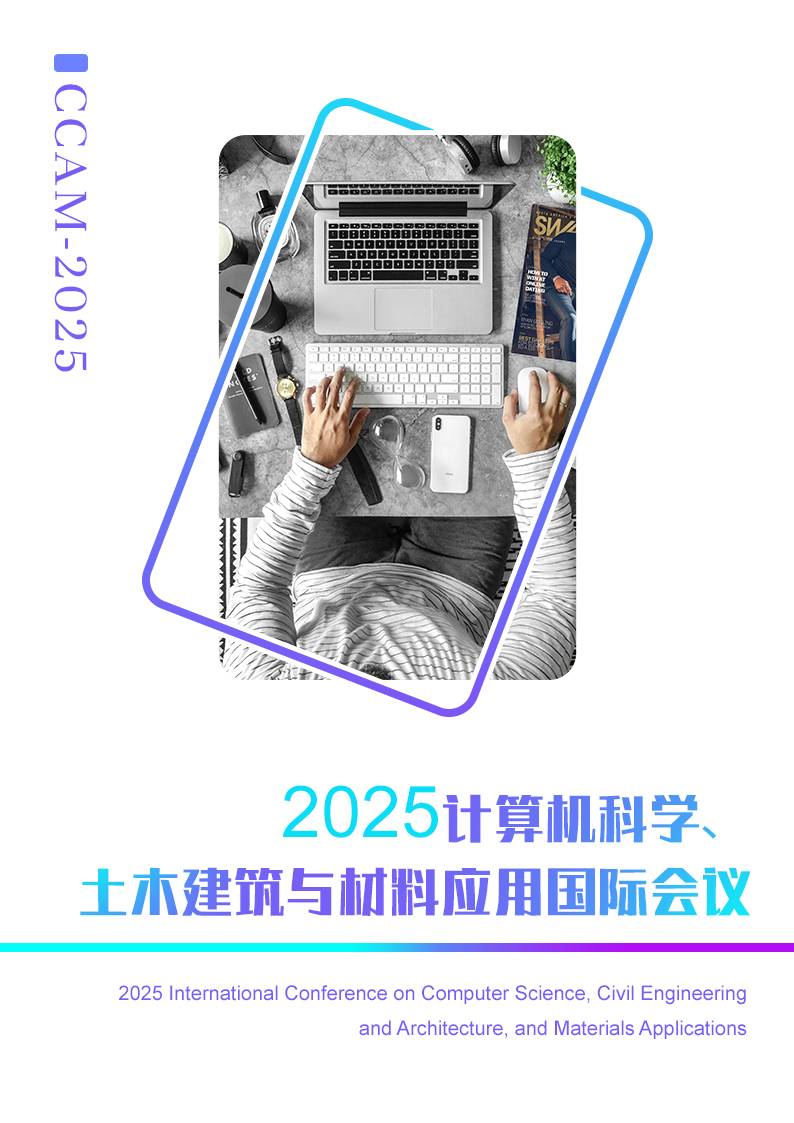Effect of Substrate Mixing Ratio and Zero-Valent Iron on Anaerobic Hydrolytic and Acidification of Kitchen Waste

Authors:
Rufei Liu, Weijie Fan, Xiteng Chen, Song Yang
Keywords:
Kitchen waste; ZVI; substrate mixing ratio; hydrolytic; acidification
Doi:
10.70114/acmsr.2025.2.1.P88
Abstract
Based on the complex composition of kitchen waste, zero-valent iron addition and mixing substrate were proposed to enhance the hydrolysis and acidification of kitchen waste. The results showed that ethanol and acetic acid were mainly hydrolysis acidification products of kitchen waste, accounting for more than 90% of the total production. The experimental group with a mixing ratio of 50% had the highest hydrolysis and acidification efficiency during the acidification stage without ZVI addition. In general, the system with higher production of TVFA and ethanol was added higher dosage of ZVI. The production of ethanol and TVFA reached a higher level at the same time with 10 g/L ZVI. Compared with wet anaerobic fermentation, dry anaerobic fermentation obtained high TVFA production with low zero-valent iron dosage. ZVI addition avoided acidification and instability and promoted hydrolysis process. In addition, RDA analysis revealed that the addition of zero-valent iron was positively correlated with ethanol, acetic acid, and TVFA


